Retail Crime on the Rise: Expert Advice on How Retailers Can Protect Stores and Associates
Retail TouchPoints
SEPTEMBER 8, 2022
Participate in the broader industrywide loss prevention and asset protection activities. Beckner noted that retailers can learn a lot about crime prevention by reading what loss prevention experts have to say about store layouts , de-escalation tactics , investigative techniques and other key developments.

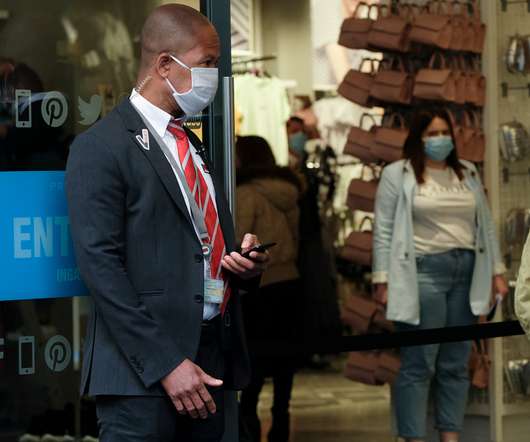
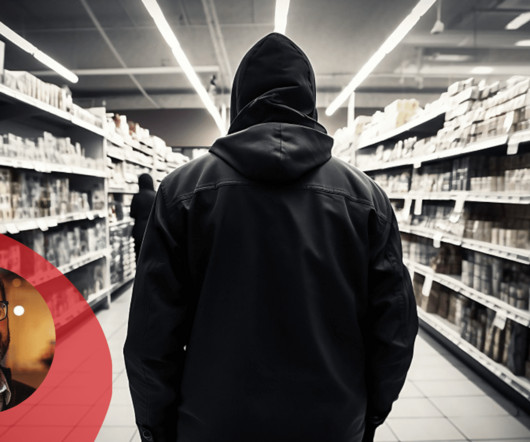

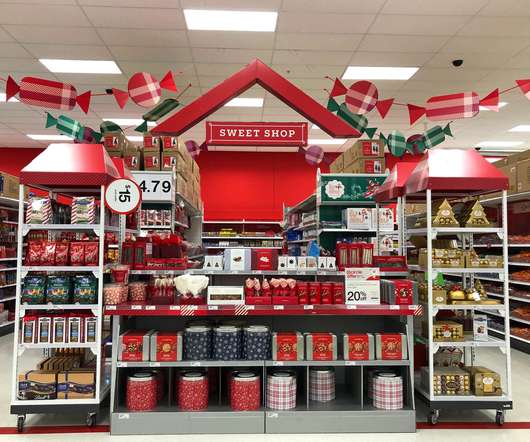


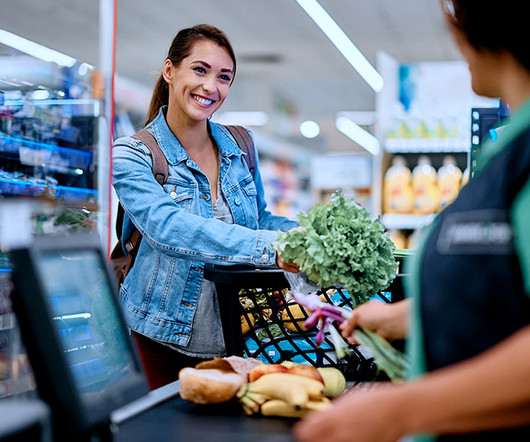

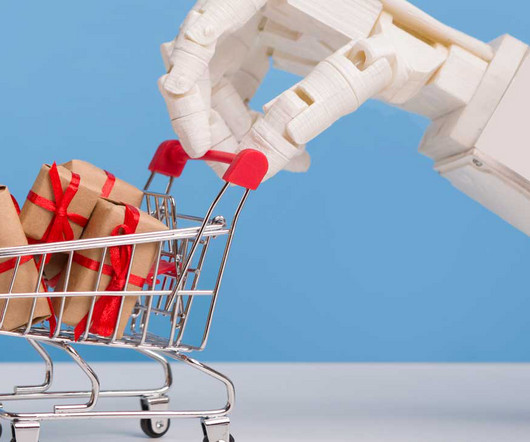
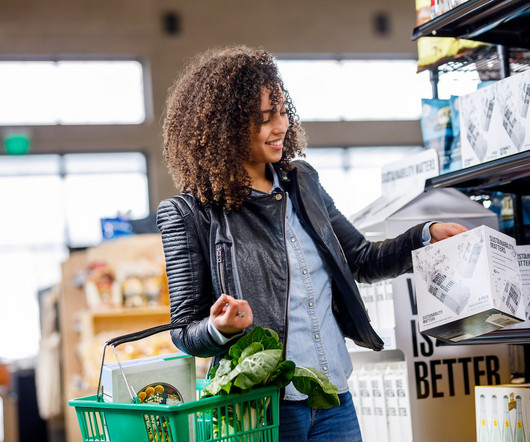







Let's personalize your content